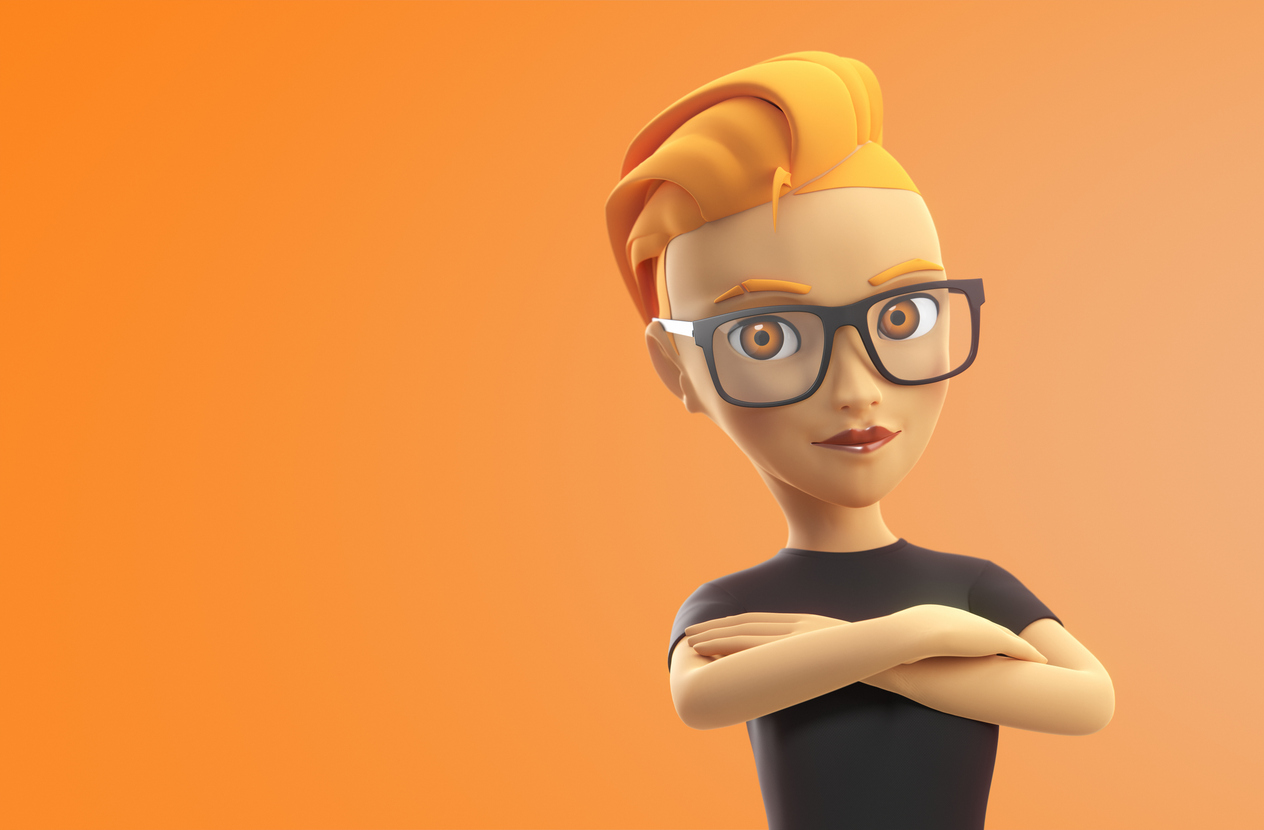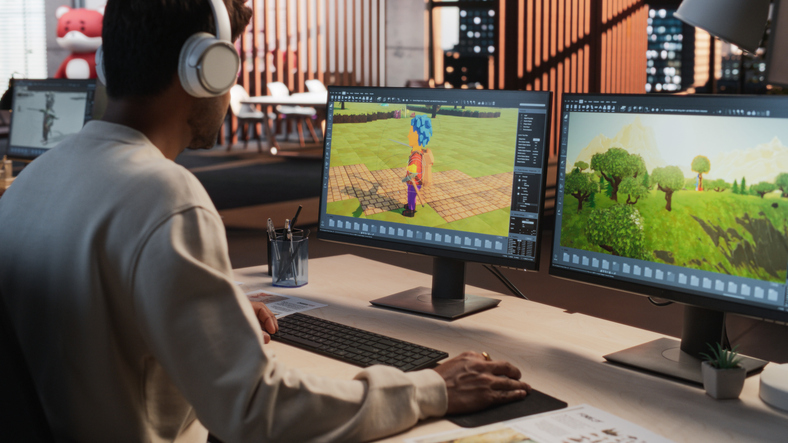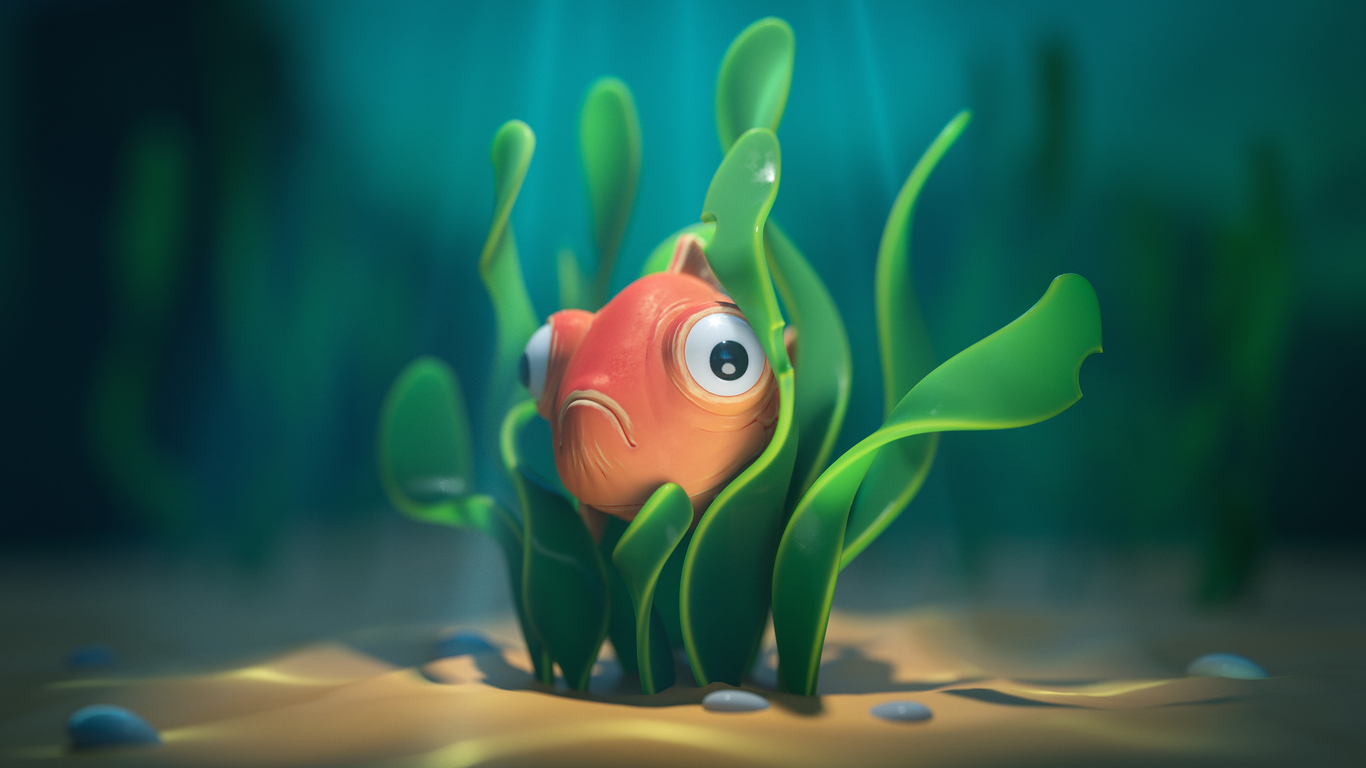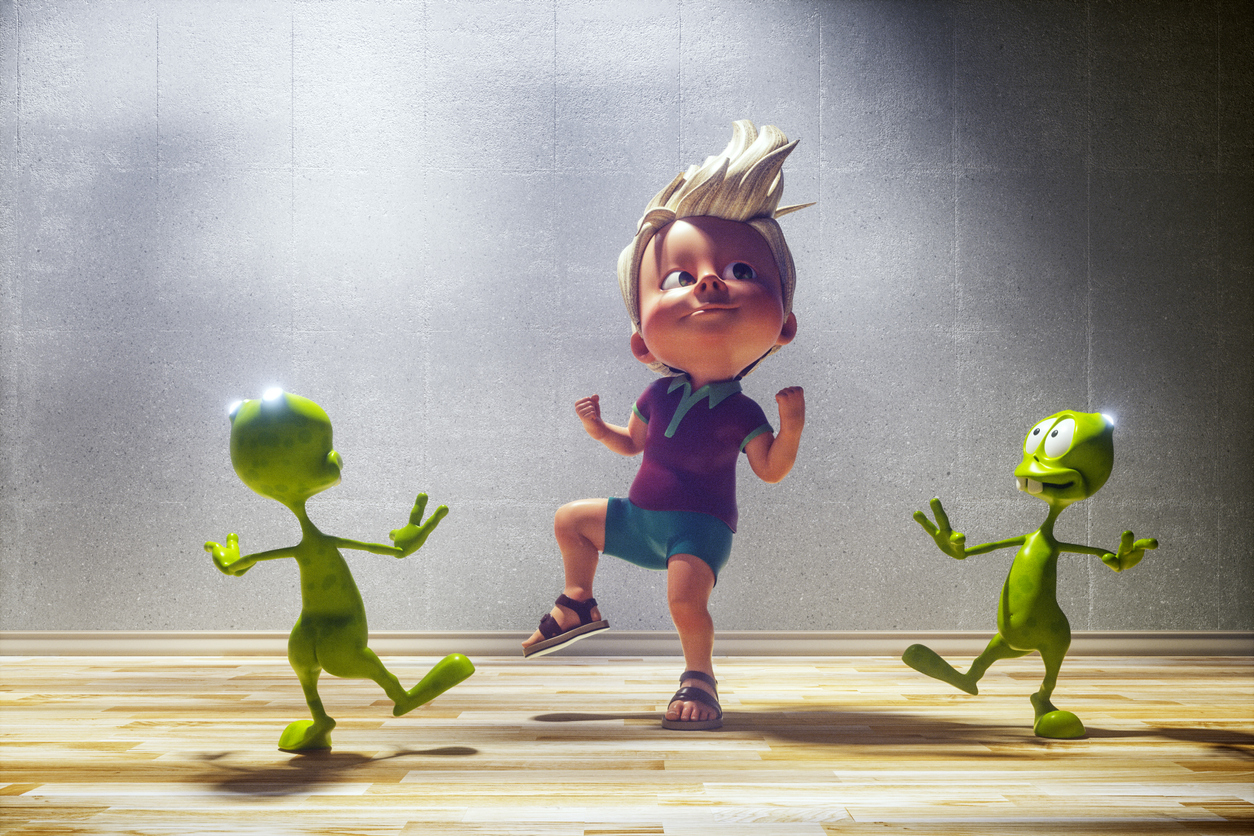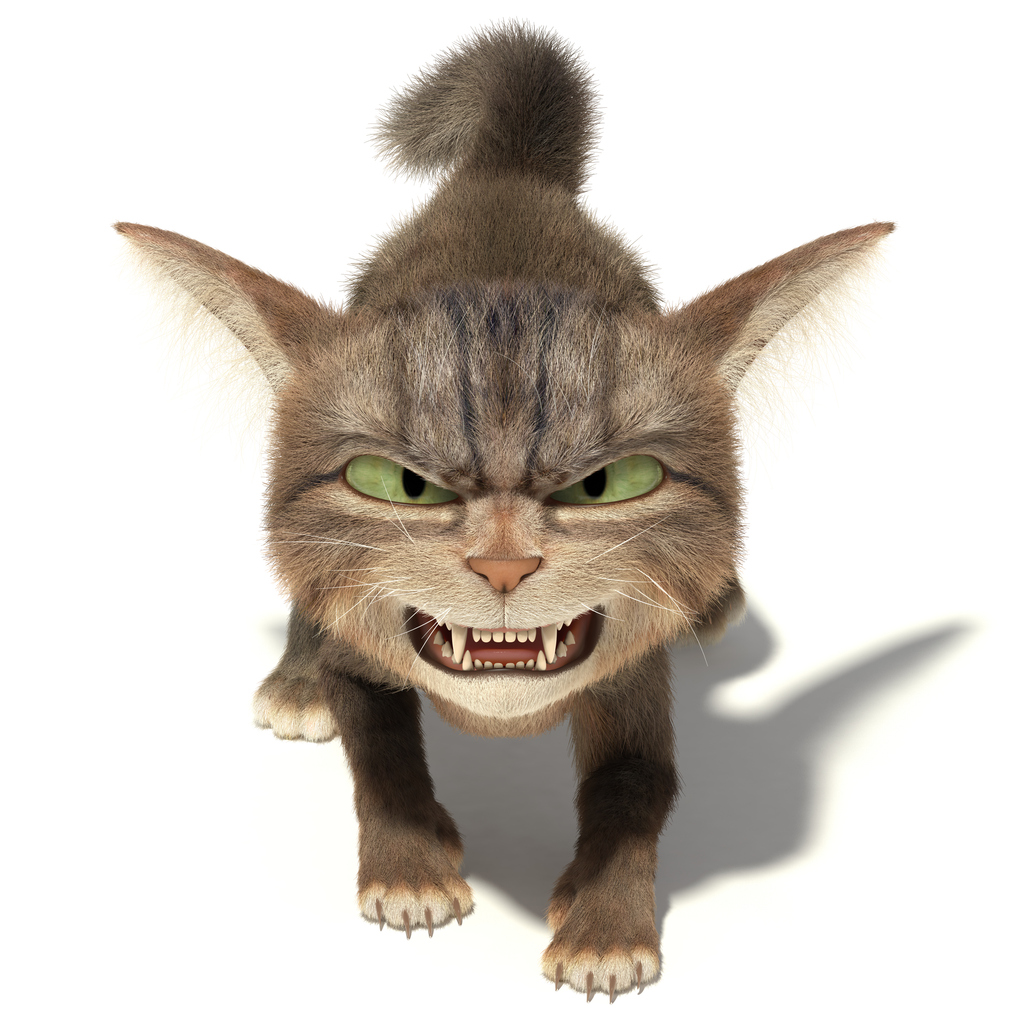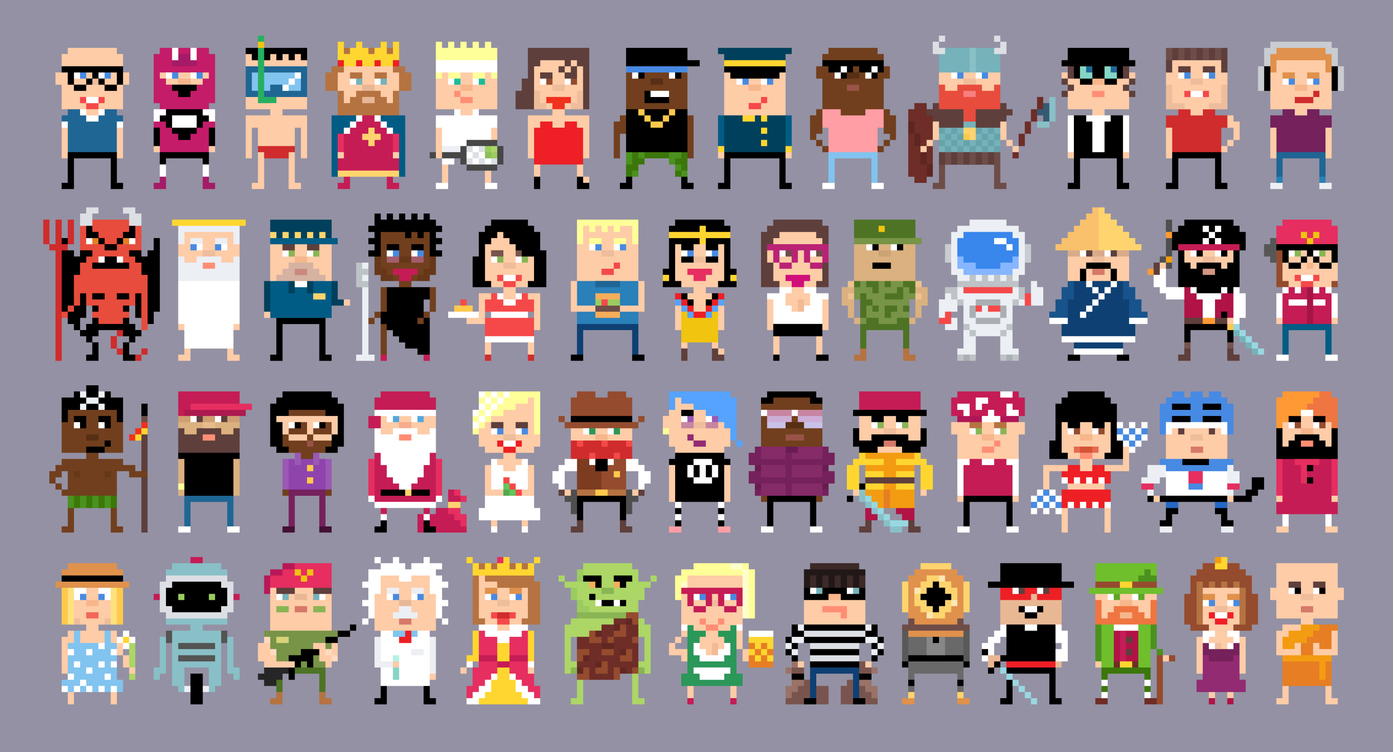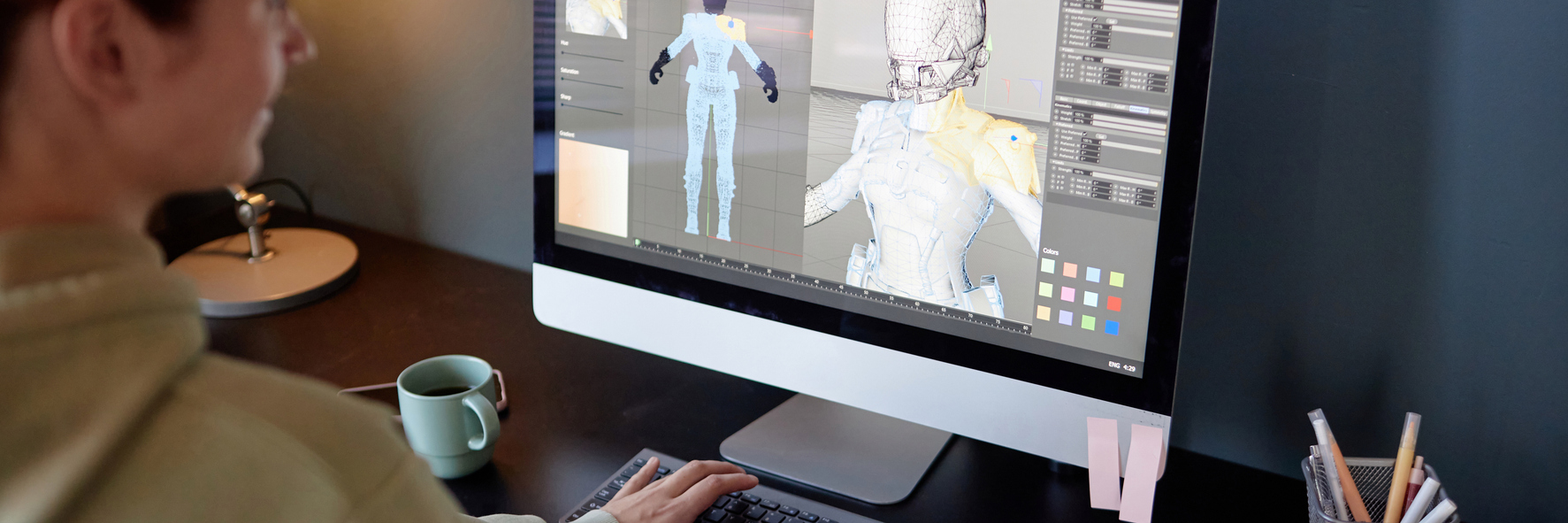Colour is one of the most powerful tools in a visual artist's arsenal. It evokes emotion, drives narrative, and shapes how we perceive the world on screen. Whether you're watching a vibrant Pixar animation or a moody black and white indie film with one pop of colour, the hues we see aren't accidental they're part of a larger story being told. This is where the concept of Colour Theory in Visual Storytelling enters the picture.
For aspiring animators and visual artists, understanding how to use colour with purpose is essential. It separates the amateur from the professional and turns scenes into experiences. In this blog, we’ll dive deep into colour theory, its role in visual storytelling, how it applies to 3D animation, and why learning this art at a school like Visual College of Art and Design (VCAD) can be your steppingstone into the world of professional animation and design.
What is Colour Theory?
Colour theory refers to a set of principles that help us understand how colours interact, combine, and affect human perception. It’s a foundational concept in art and design, used to create harmony, evoke emotion, and guide visual storytelling. Rooted in the pioneering work of artists and scientists like Isaac Newton, who explored light and colour through prisms, and Johann Wolfgang von Goethe, who studied the psychological effects of colour, colour theory has evolved into a crucial tool for visual creatives.
At its core, colour theory includes concepts such as:
-
Warm and Cool Colours: Warm hues (reds, oranges, yellows) evoke energy and passion; cool hues (blues, greens, purples) suggest calm and introspection.
-
Tints, Shades, and Tones: Variations in lightness, darkness, and saturation that affect mood and depth.
These principles guide artists and animators in crafting visually balanced and emotionally resonant work. Colour theory goes beyond aesthetics. It's a visual language that helps creators communicate ideas, direct attention, and elicit powerful emotional responses from their audience.
What is Visual Storytelling?
Visual storytelling is the art of conveying a narrative through imagery. Rather than relying solely on dialogue or text, it uses visual elements such as character design, environment, composition, and motion to communicate meaning and emotion. In the world of animation, visual storytelling is especially powerful, as it allows creators to build entire worlds and narratives that resonate on a sensory and emotional level.
At its core, visual storytelling taps into the viewer’s innate ability to interpret nonverbal cues. It engages emotions and senses through thoughtful use of tools like lighting, camera angles, scene composition, movement, and colour. Each element works together to establish tone, reveal character intentions, and progress the plot.
From traditional hand drawn animation to immersive 3D environments, visual storytelling empowers animators to create rich, layered experiences. A single frame can express joy, tension, mystery, or heartbreak without saying a word. When used effectively, visuals not only support the story but often become the story itself, making them an indispensable part of compelling animation and design.
Importance of Colour Theory in Visual Storytelling
Colour is a storytelling language all in its own. It communicates mood, tone, character, and symbolism in an instant. In visual storytelling, the use of colour can:
-
Establish mood: Warm colours like red, orange, and yellow convey energy, passion, or happiness, while cool tones like blue and green evoke calm, sadness, or mystery. Filmmakers and animators use these tones to instantly set emotional tones whether it’s the serenity of a blue hued forest or the intensity of a red lit confrontation.
-
Define characters: Character colours often reflect personality or emotional state. Bold colours might indicate strength or optimism, while muted tones suggest introversion or sadness. Think of Inside Out, where each emotion has a distinct colour, or how villains are often dressed in darker palettes to highlight their role.
-
Create symbolism: Colour can reinforce themes or ideas throughout a story. A recurring hue, like red in Schindler’s List or yellow in Moonrise Kingdom, can symbolize danger, innocence, or nostalgia adding depth and emotional weight to key moments.
-
Guide attention: Strategic pops of colour draw the viewer’s eye to important elements. In animation, where every visual is intentional, using contrast helps emphasize a character, object, or pivotal action within the scene.
-
Unify or contrast: Cohesive colour palettes create harmony, making scenes visually pleasing and emotionally resonant. Conversely, complementary colours like orange and blue can highlight tension or conflict, enriching the visual narrative.
Using colour strategically ensures your visuals are not only beautiful but deeply communicative.
How To Use Colour Theory in Visual Storytelling?
Now let’s get into the practical application of colour theory in visual storytelling. Here are some creative yet strategic ways to leverage colour:
1. Start with a Colour Script
Before animating or designing, plan your project’s colour evolution through a colour script. This document outlines the colour palette of each scene, ensuring consistency and emotional progression. It acts like a roadmap for visual tone.
2. Use Colour to Define Narrative Arcs
As characters evolve, so should their colours. A cheerful character may start with bright, saturated hues and gradually move into darker or muted tones as the story darkens. Transitional colour palettes can mark emotional or psychological shifts.
3. Play with Complementary and Analogous Schemes
Complementary colours (e.g., orange and blue) create strong visual contrast and can emphasise character dynamics or setting. Analogous colours (e.g., green, blue, and purple) offer harmony and are often used to portray serenity or unity.
4. Leverage Warm and Cool Tones
Warm colours (red, orange, yellow) energise the scene, while cool colours (blue, green, purple) calm it down. Use this to your advantage when pacing your story or shifting moods.
5. Control Saturation and Light
Highly saturated colours feel intense and can amplify emotion. Desaturated or pastel tones may feel nostalgic, dull, or dreamlike. Lighting and shadows can intensify these effects, adding layers of meaning.
6. Use Colour Symbolism Thoughtfully
While red might mean love in one context, it can signify danger in another. Always consider cultural and narrative contexts when assigning colours to characters, environments, or props.
7. Create Visual Focus
Use pops of colour to guide viewers’ attention. In crowded or detailed scenes, a single bright element can help direct the gaze and highlight story beats.
Use of Colour Theory in Visual Storytelling for 3D Animation
In 3D animation, colour becomes even more dynamic due to the added dimension of light and texture. Here’s how colour theory enhances visual storytelling in 3D:
✨ Lighting Integration
Lighting in 3D animation isn’t just functional; it’s expressive. Combining colour with light creates a rich atmosphere. For instance, a soft golden backlight can evoke nostalgia or hope, while harsh blue lighting can suggest isolation.
🎨 Character Design
Characters are often defined by their colour palettes. Joy in Inside Out radiates yellow and blue hues, conveying her upbeat personality. Shifts in colour over time (as seen with Clementine in Eternal Sunshine of the Spotless Mind) visually reflect internal change.
📱 Environment and Worldbuilding
The world you build in a 3D animation can use cohesive colour palettes to reinforce themes. Earth tones for grounded, realistic settings; neon hues for futuristic worlds; or high contrast for dystopian narratives.
✏️ Postproduction and Colour Grading
After rendering, colour grading fine tunes the emotional tone. Subtle shifts in hue and saturation during post can significantly affect how a scene is perceived.
Why Choose VCAD to Learn 3D Animation?
To truly master the use of colour theory in visual storytelling, it’s important to not only learn the theory but also to apply it in practice. VCAD’s 3D Modeling Animation Art and Design Diploma offers the ideal environment to do just that. At VCAD, students work with industry standard tools such as Maya, ZBrush, Substance Painter, Adobe Photoshop, and Unreal Engine. These tools are essential for executing professional quality colour design and animation.
The program is available in Vancouver, Calgary, and fully online, providing flexibility for learners from all backgrounds. Its autonomous learning model (95% asynchronous) allows students to study when and where it suits them perfectly for balancing work and education.
Students in the program:
Graduates often go on to careers in animation studios, game development, postproduction, and more roles where colour storytelling is crucial.
Final Thoughts
In the colourful world of animation and design, knowing how to wield colour effectively can elevate your storytelling to new heights. Colour theory isn’t just academic, it’s an emotional, psychological, and narrative toolkit. It guides how your audience feels, thinks, and remembers your story.
Whether you’re just beginning your journey into the creative arts or looking to take your 3D animation skills to the next level, understanding colour theory is essential. And there’s no better place to develop those skills than at VCAD. Here, creativity meets technology, and stories come to life in vibrant, unforgettable ways.
Let your imagination run wild, and let colour be your storyteller.
Explore the 3D Modeling Animation Art and Design Diploma at VCAD and start your journey into the vibrant world of animation today.
